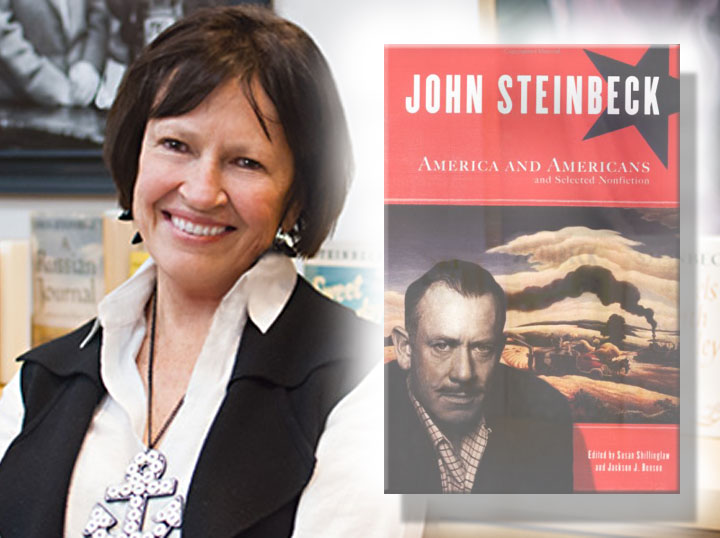Mexican independence was more than a political movement for John Steinbeck, who traveled frequently to Mexico, studied Mexican history, and once said he wanted to move there to satisfy his curiosity and relieve the monotony of life back in Salinas, California. His novella The Pearl is set in Mexico. So are two films for which he wrote screenplays: The Forgotten Village and Viva Zapata! Sea of Cortez, his and his biologist friend Ed Ricketts’s account of their expedition to Baja, California, is as much about Mexican culture as it is about marine ecology. Steinbeck’s 1935 novel Tortilla Flat, his first commercial success, weaves Mexican characters and cultural traits into the rich tapestry of Monterey, California, a town that in Steinbeck’s time was “Mexican” in the same sense that Salinas was “Anglo.” Writing home from Mexico City in 1935, Steinbeck explained Mexico’s attraction: “It is impossible for me to do much work here. An insatiable curiosity keeps me on the streets or at the windows. Sometime I’ll come back here to live I think.”
Celebrating Mexico in John Steinbeck’s Salinas, California
Mexican independence of spirit drew John Steinbeck and his first wife, Carol, and it called him back repeatedly, usually in times of personal crisis, after their divorce. The Steinbeck expert Susan Shillinglaw—author of Carol and John Steinbeck: Portrait of a Marriage and editor of America and Americans, a Steinbeck anthology—detailed Steinbeck’s lifelong love affair with Mexico in a talk on Friday, September 16, at the National Steinbeck Center in Salinas, California, where she is the director. Timed to coincide with Mexican Independence Day, the event kicked off this year’s Big Read, a cultural-awareness-through-reading project of the National Endowment for the Arts. In the spirit of the day, it included an exhibit of items from the center’s Steinbeck-Mexico collection, Mexican-flavored music and food, and a tour of downtown Salinas, where Mexican-American citizens now comprise a majority of the population.
Following Mexican Independence Day festivities in Salinas, Shillinglaw led a discussion of Sun, Stone, and Shadows: 20 Great Mexican Short Stories—this year’s Big Read selection—for a Saturday afternoon crowd at the Monterey Public Library. Local Steinbeck lovers have a long relationship with Big Read, a national program that in its second year featured The Grapes of Wrath, the subject of On Reading The Grapes of Wrath, a superb reader’s guide written by Shillinglaw at the request of Steinbeck’s paperback publisher to mark the novel’s 75th anniversary. Exhausted by the controversy over The Grapes of Wrath—and the decline of his marriage to Carol—Steinbeck organized the 1940 Sea of Cortez expedition that included Easter in the Mexican town of La Paz, whose name embodies the serenity he was seeking. To Steinbeck, Mexican independence was a state of mind—one that Salinas, California is celebrating in this year’s Big Read series. Check out the National Steinbeck Center website for a schedule of continuing events.




